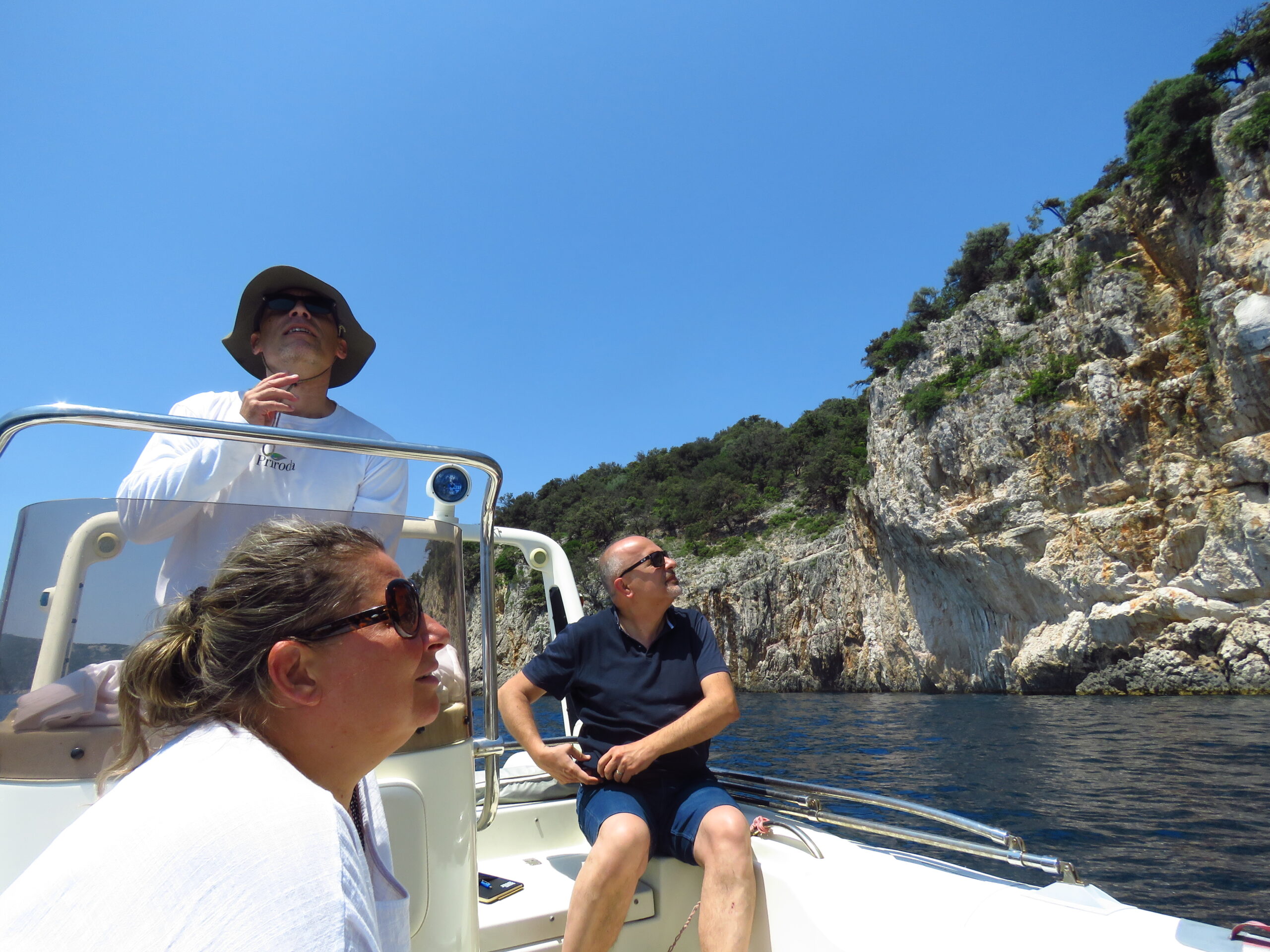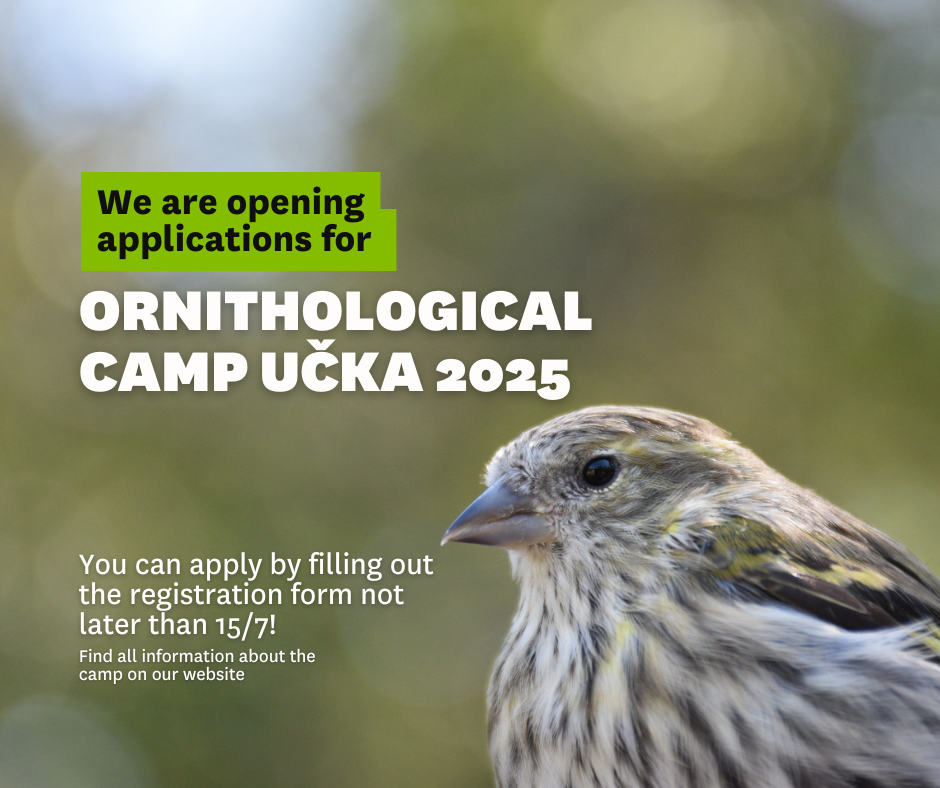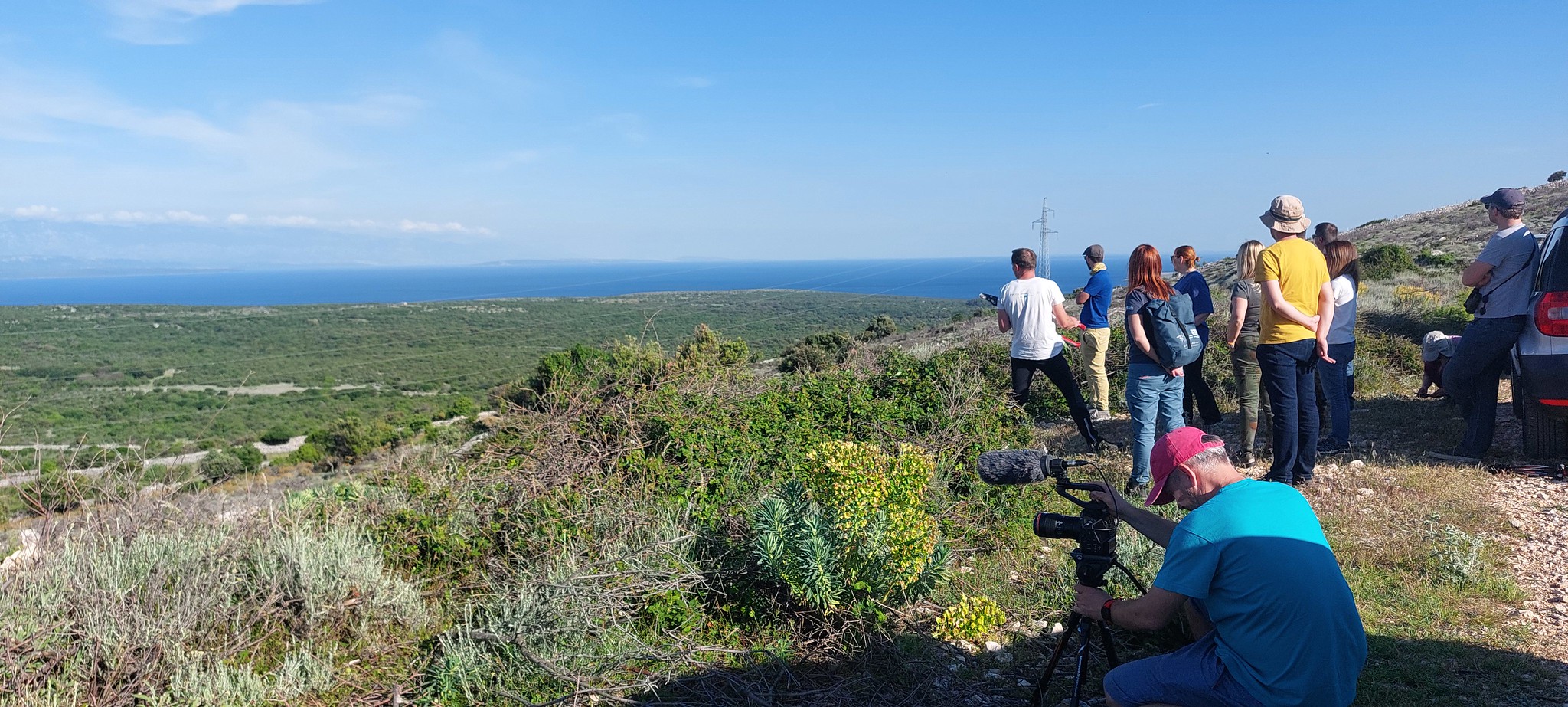European Red List of Birds, compiled by BirdLife International, reveals shocking data: farmland degradation, habitat loss and climate change to blame.
After 3 years of work, a consortium led by BirdLife International published today the new European Red List of Birds. The publication will set the base for European conservation and policy work to be done in the coming years. The IUCN Red List is widely recognised as the most authoritative and objective system for assessing the extinction risk of species (1).
“First the birds, then us. Unless we pay attention, we’ll be on the Red List next. Take note”: these are some of the words in the foreword by novelist Margaret Atwood and poet Graeme Gibson,
- Key findings
- 18% of the 451 species assessed are threatened at EU27 level. This means 82 species, of which 11 are Critically Endangered, 16 Endangered and 55 Vulnerable.
- 13% of the 533 species assessed are threatened at European level. That makes a total of 67 species, of which 10 are Critically Endangered (the highest threat level). Among them some iconic and popular birds such as: Sociable Lapwing, Yellow-breasted Bunting, Slender-billed Curlew and Balearic Shearwater. The study also found that 18 species are Endangered and an additional 39 Vulnerable.
- Negative trends: a total of 29 species have been uplisted since 2004 (formerly considered to be of Least Concern but are now threatened or Near Threatened in Europe). Here we find species such as European Turtle-dove, Common Kingfisher, Eurasian Oystercatcher, Atlantic Puffin, Razorbill, Meadow Pipit, Willow Grouse, Black-legged Kittiwake and Common Pochard. Some species that were identified as being in trouble a decade ago have still not improved: Egyptian Vulture, Aquatic Warbler, Northern Lapwing, Greater Spotted Eagle and Little Bustard.
- Improvements: a total of 20 species were previously considered regionally threatened and are now classified as Least Concern in Europe (although some are still globally threatened). These include some very charismatic species, such as Dalmatian Pelican, Ferruginous Duck, Eurasian Thick-knee, Black Kite, Lesser Kestrel, Long-legged Buzzard, Gull-billed Tern, Arctic Loon and Great Bustard. Another 25 species are still threatened in Europe, but now have a lower extinction risk than a decade ago, and have seen their threat level downlisted. For example, Zino’s Petrel and Azores Bullfinch, both previously considered to be Critically Endangered, are now classified as Endangered.
According to Christina Ieronymidou, the European Species Programme Officer at BirdLife: “The European Red List tells us we’ve been doing a decent job at rescuing the rarest species by protecting their last strongholds and taking actions such as eradication of invasive species and insulation of killer powerlines. But we are now faced with much bigger challenges, from the ecological degradation of our farmland to climate change. These problems require a much broader and deeper response”.
According to Ivan Ramirez, Head of Conservation at BirdLife Europe and Central Asia: “The new European Red List is a call to arms for the conservation of our natural world. It is inspiring to see that many species that have been targeted by conservation efforts are recovering but, on the other hand, it is shocking to see on the threatened list many species that used to be so common as to be part of the landscape. It is deeply worrying to contemplate the possibility of a world with no puffins, turtle doves, lapwings or oystercatchers“.






